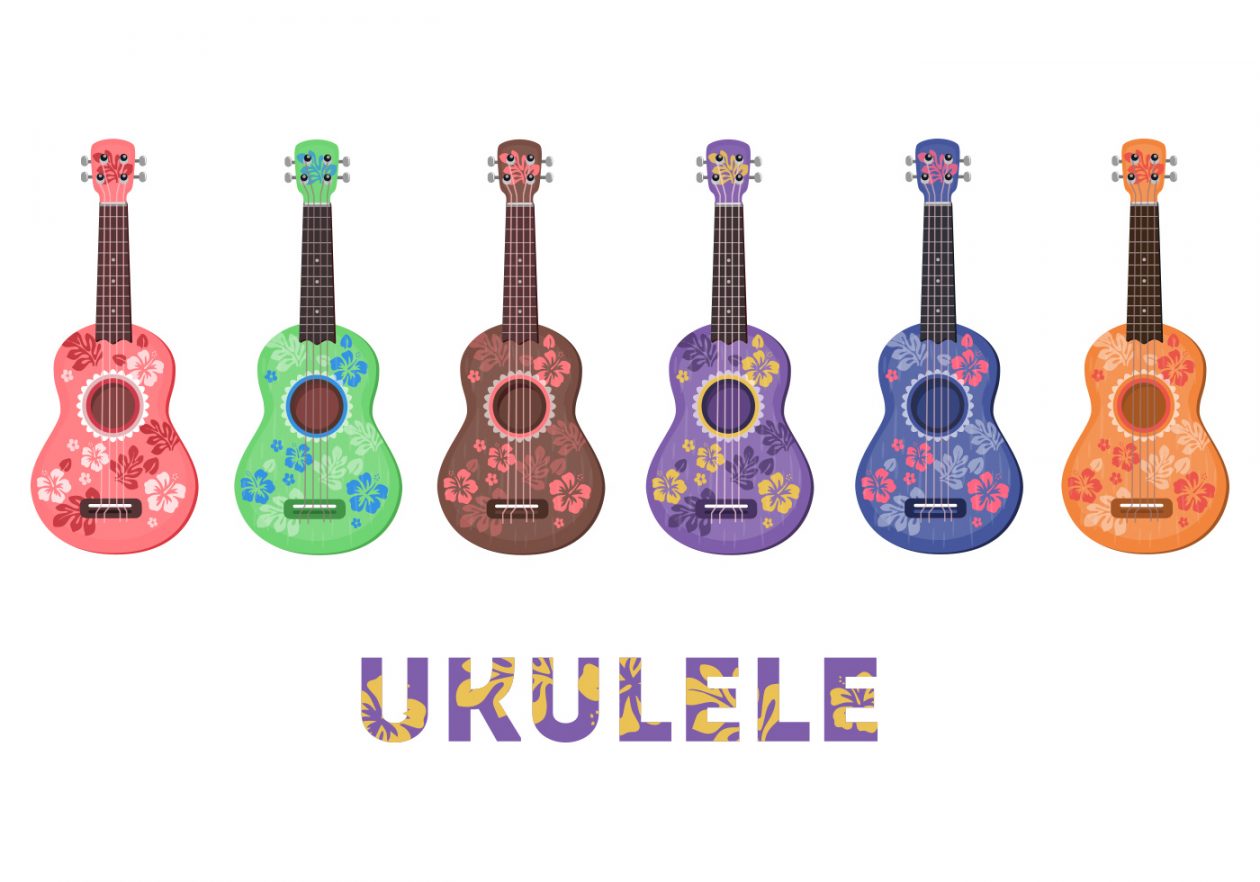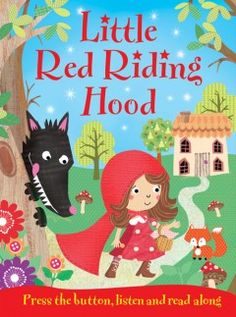
This was our final music input and we look at alternative approaches to music by being introduced to figure notes. With the use of figure notes, an individual has the opportunity to learn to play an instrument almost immediately. This is because all you need to do is match two identical symbols and simply play what you see. Figurenotes then works by matching this symbol on a page with a note on an instrument. For example, if middle C is a red circle, then it is shown as both a symbol on the page and a corresponding sticker on the instrument.
Below is an example of a melody being displayed through figure notes and a clip of myself playing ‘Jingle Bells’ using that sheet.

Figure notes is a simple way of enabling learners to feel successful at an early stage. For many reading music sheets in their original form can be challenging, however, figure notes relieve some pressure that the child may be feeling and encourages them to be independent and have confidence in their own abilities.
During the workshop, the cohort created a grid which contained different notes. Each note was allocated a symbol to create a figure notes chart. This is a great way of engaging children as they have some input in the lesson. Therefore, it will also develop their creativity skills as a learner.

This approach allows children to look at music in a new light. This can be a huge confidence boost to many children as it stops the feeling of embarrassment through not being able to read the music from the sheet in its original form. This approach allows extremely beneficial to children with autism.
References
- Lauren (2017) Home [Online]. Available: http://www.figurenotes.org/ [Accessed 9 Jan 2017].


 This was a very practical workshop where we played the Ukulele for the majority of the time allocated. Also, we discussed the various instruments that can found in a typical school music department, both tuned and untuned. The Ukulele is a stringed-instrument originally from Hawaii that has similarities to the guitar. However, the Ukulele has a much shorter scale than the guitar and as a result, it has a higher standard pitch. They typically have four strings that are made from Nylon. Ukuleles can come in many different forms including;
This was a very practical workshop where we played the Ukulele for the majority of the time allocated. Also, we discussed the various instruments that can found in a typical school music department, both tuned and untuned. The Ukulele is a stringed-instrument originally from Hawaii that has similarities to the guitar. However, the Ukulele has a much shorter scale than the guitar and as a result, it has a higher standard pitch. They typically have four strings that are made from Nylon. Ukuleles can come in many different forms including; 





















